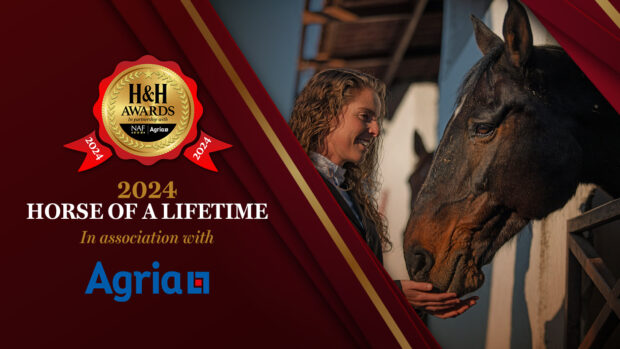Expert advice from HORSE magazine on the qualifications needed to become a BEVA approved equine dental technician
Q: I have recently read about an examination for horse dentists. Can you please tell me more about it and what is involved?
Equine dental technician John Edmunds replies: BEVA (British Equine Veterinary Association) has introduced an exam for previously trained equine dentists.
These examinations are for horse dentists who, by previous training and experience and two references from vets, felt themselves qualified and have voluntarily applied to be examined.
The examination itself comprises three different areas.
- The practical examination. Candidates are assessed over the course of an hour by two separate examiners and a veterinary surgeon. They are assessed on their general horse handling, oral examination techniques and findings, interpretation of the findings and their proposed rationale for treatment and actual skill in the treatment they give.
- Spot examinations. This part consists of two separate 30-minute exams. The first involves 20 short questions on various equine dental instruments, anatomical specimens, dental photographs, dental specimens and skulls. One minute only is allowed for a short written answer on each.
The second part is a practical examination of three skulls that all have some dental abnormalities. Each candidate has 10 minutes to complete a dental chart for each skull.
- Written examination. This part consists of two sets of 25 multi-choice questions. The first 25 questions cover basic anatomy, physiology, microbiology, prevention of disease spread and legislation that affects dentists in the UK.
The second 25 questions relate to equine dental anatomy, function, various dental disorders and their treatment.




